Cashel No Bow Horse Bandage Wrap – 1022879
The Cashel No Bow Bandage Wrap has traditional cotton and foam to aid in wrapping without the fear of damaging legs. Use horse bandage wrap in conjunction with polo bandages for horses for treatment or prevention of injury.
The Cashel No Bow Bandage Wrap has traditional cotton and foam to aid in wrapping without the fear of damaging legs. Use horse bandage wrap in conjunction with polo bandages for horses for treatment or prevention of injury. Use horse bandages over your favorite liniment or as directed by your veterinarian.
- Horse bandages available in a range of sizes, including 12 in. x 31 in.
- Horse bandage wraps made of cotton & foam
- Use in conjunction with polo bandages for horses for treatment or prevention of injury
- Use over your favorite liniment or as directed by your veterinarian
Additional information
| Closure Type | Hook and Loop |
|---|---|
| Outer Material | Cotton |
| Warranty | 30 Day Limited Warranty against manufacturer defect |
| Manufacturer Part Number | NBB-18 |


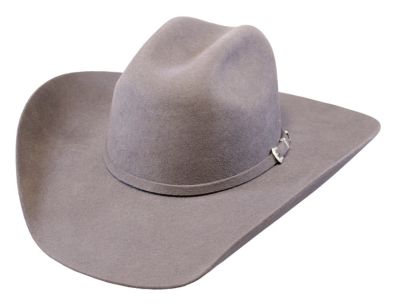
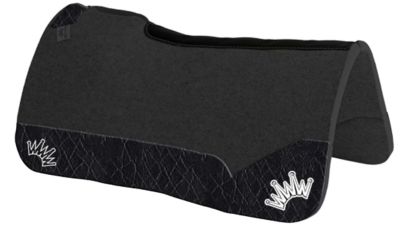

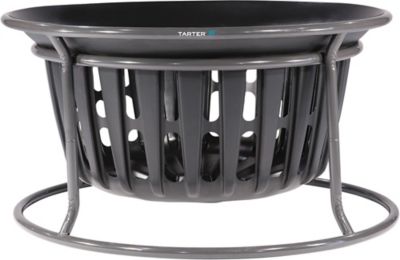
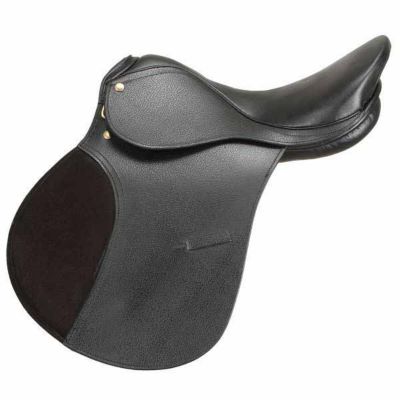
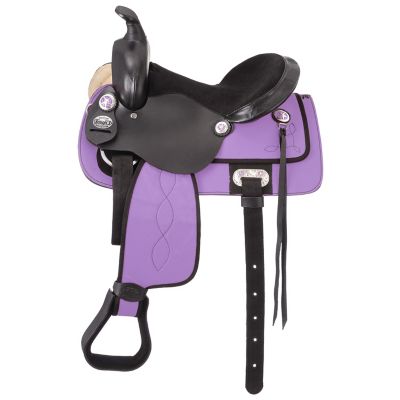
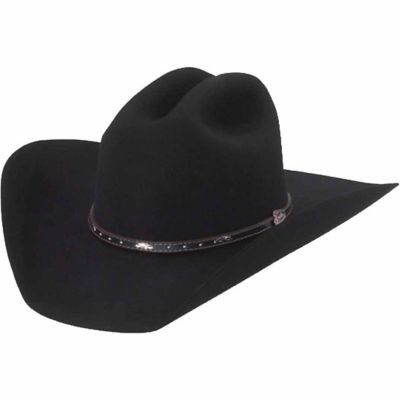
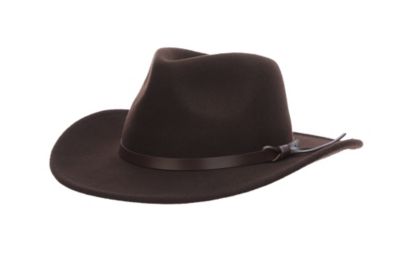
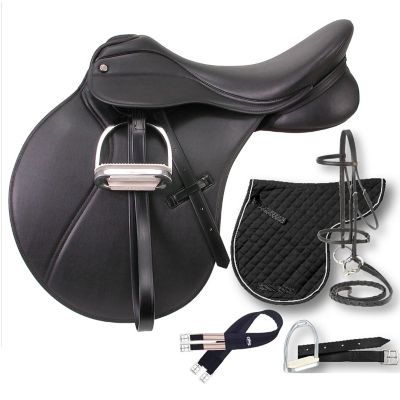
by Jess
I borrowed these from a friend and loved them. My horse of course laid in poo and stained the pretty white wrap so I ordered these to replace the ones I borrowed. Sometimes newer items lose their quality over time, but these were just as I expected and are the same great quality as the ones I borrowed.
by Avery
They work better then the ones i bought off another site will buy again.